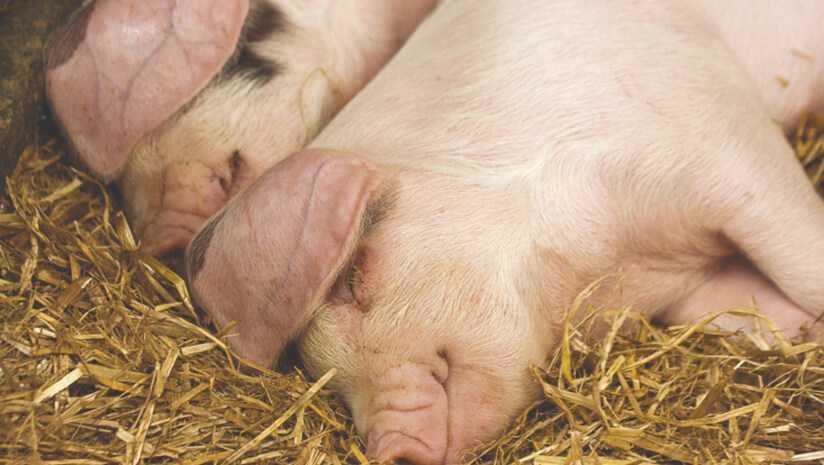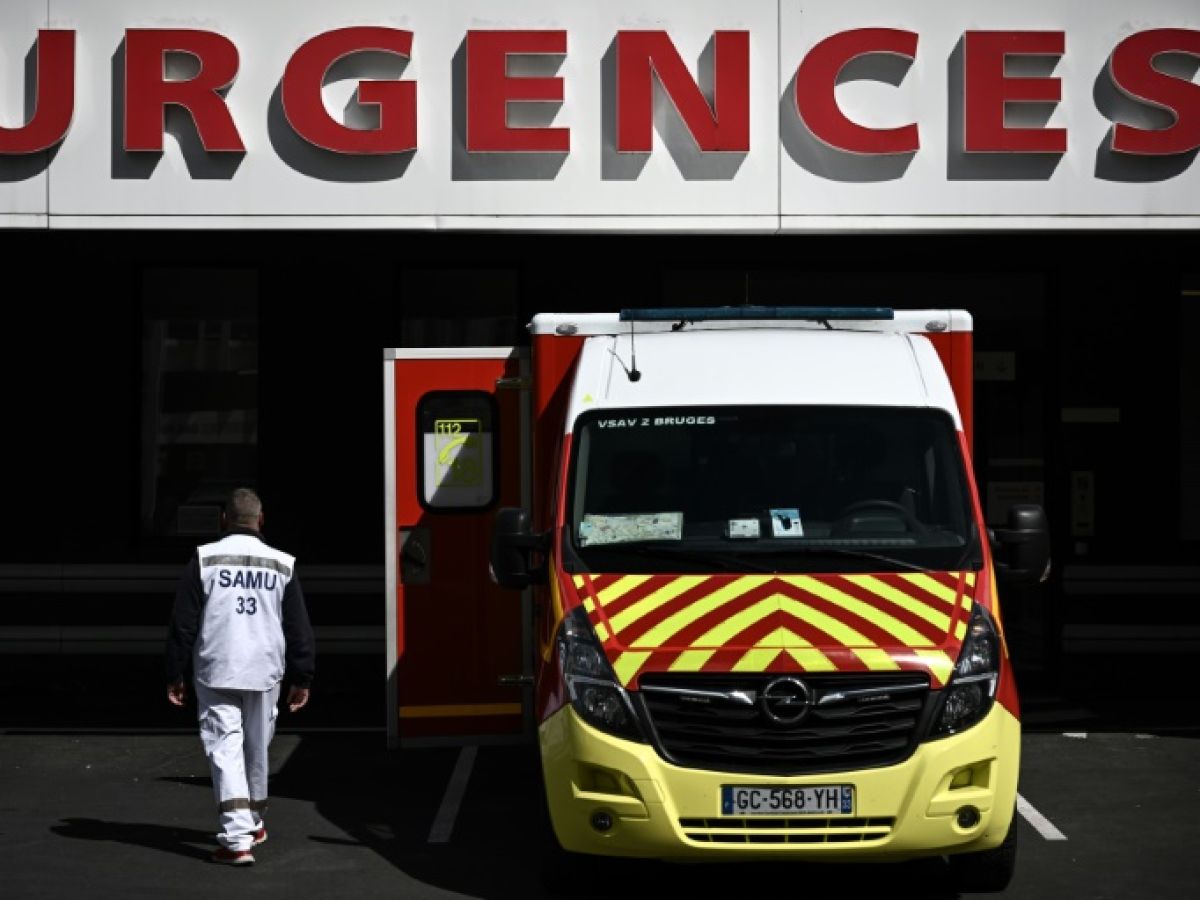
Calls for renewed action Follow the publication of the EU Strategic Dialogue on the future of EU agricultureThis month, the European Commission recommended ending cage farming by 2026.
However, critics have slammed the report as a "political delaying tactic" to convince voters in elections.
Compassion in World Farming, a UK-based animal welfare group, reported that more than 1.4 million Europeans have signed the End the Cage Age initiative, indicating that many consumers do not believe in caged farming.
Which food animals are caged?
The EU has banned cages for farm animals, but there are still 300 million in cages in Europe. This includes 40 million laying hens and 90 million ducks.
Carrefour’s cage-free egg initiative is part of our strategy to protect farm animals and help customers make the best food decisions. Carrefour also supports the EU ban on cages used for laying hens.
The CIWF reported that more than 1,400 commitments to cage-free laying hen farming have been made by Europe's largest agri-food companies, 800 of which have already been fulfilled. Report on animals raised outside of cages.
Consumer demand for better animal welfare is driving this trend. 94 % of EU citizens believe that animals should be given more space and 89 % say that farmed animals should not be caged.
Philip Lymbery, CIWF Global CEO, said: “It is encouraging to see more and more food companies in the European Union voluntarily eliminating cages from their supply chains.”
|
Country |
Laying hens |
Sows |
Rabbits |
|
Austria |
Since 2020, cages have been banned |
Since 2013, dry sow stalls have been limited to 10 consecutive days. |
Since 2012, the ban on intoxicants has been in force |
|
Belgium |
By 2028, cages will be banned. |
Since 2016, meat rabbits have been banned. |
|
|
Czech Republic |
Ban on cages from 2027 |
||
|
Denmark |
88.8 % without cage |
Dry sow stalls are limited to three days |
|
|
Finland |
Farrowing sows can be confined for up to five days. |
||
|
France |
Since 2018, new cage systems have been banned. |
||
|
Germany |
Ban from 2026/96.2 % without cage |
By 2028, dry sow stalls will be banned. |
Bare cage ban from 2025 |
|
Luxembourg |
Without cage |
||
|
The Netherlands |
89.9 % without cage |
Since 2013, dry sow stalls have been limited to four days. |
Since 2016, bare cages have been banned. |
|
Slovenia |
82.8 % at large. |
||
|
Suede |
97.3 % free. |
Dry sow stalls were banned by the government in 1994. |
Breeding cages will be gradually phased out.
The European Commission should honour its commitment to present as soon as possible a legislative proposal that would phase out cages in all farms.
The number of animals in cages in the EU.
- The 155 million laying hens represent 40,133 million of the total.
- 72 million rabbits (94 %).
- 30 million ducks (90 %)
- 10 million breeding sows (96 %)
- There are also tens of millions of animals such as quail, chickens and dairy calves.
Scientists also support companies pushing to ban caged feed, but stress the importance of setting a deadline to allow producers to implement measures before a total ban.
Tracey J. Jones, CIWF’s global food director, said citizens are calling for change. Companies are demonstrating that large-scale cage-free farming is possible and that it works for customers, brands and animals.
The future of cages is uncertain, and producers need to have a clear understanding of timelines, system requirements and transition support.
Twenty food and beverage manufacturers leading the charge for cage-free production:
- ADM
- Aldi
- Barilla
- Biedronka
- BreFood
- Crossroads
- Roberti Farm
- Ferrero
- Fumagalli
- You can also find out more about Ikea
- Jamie Oliver Ltd.
- Jeronimo Martins
- Kaufland
- Rabbit & Well
- The Musketeers
- Mondelez International
- Nestle
- Compleat Food Group
- Unilever
- Zon Varken
